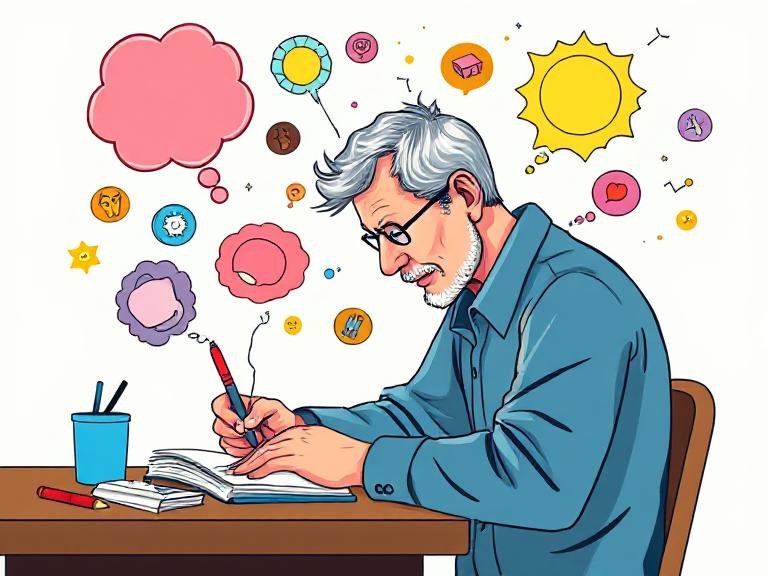In my experience as both a writer and a writing teacher, backstory is one of the hardest narrative elements to master (dialogue and endings are up there, too!). There are just so many ways in which backstory can go wrong – when it comes in, how long it lasts, and how we transition in and out of it.
Timing
Many times, I see writers bring in backstory at the wrong time in the piece. A good rule of thumb is every time you’re tempted to go into backstory, ask yourself, “Does my reader need to know this right now?” If the answer is no, the backstory can probably come in later (or maybe even not at all).
The other mistake I often see is when we’re in the midst of a very exciting/tense/dramatic moment, and then suddenly the writer pulls us out of that scene to go into a very placid backstory. All the amazing tension the writer built is squandered, and the pacing of the piece often grinds to a halt.
Length
When it comes to how much backstory to include, writers tend to err on the side of providing too much backstory versus not enough. Again, asking yourself, “Does my reader need to know this right now?” can help you decide how much to include. It’s important to be cognizant of how long you’re pulling the reader out of the scene and how doing so is serving (or potentially hurting) your work.
One of the most common critiques I give writers is to compress the backstory or to break it up into smaller chunks. Sometimes this means cutting down the backstory overall, sometimes this means revealing smaller chunks of it over time, and sometimes it means sprinkling the backstory into the current scene without actually leaving it.
Remember to be mindful of how much a reader can absorb at once – if you suddenly dump a whole bunch of new information on us, we will likely get so overwhelmed by it that we won’t know how to process or contextualize that information.
Transitions
Jumping in and out of backstory can be jarring and/or confusing for the reader if not done properly. Having clear transitions into and out of backstory allows the reader to understand when we’ve left one scene/place in time to go to another and when we return.
Best Practices for Backstory
I don’t love using the term “rules” when it comes to writing, because there’s always a piece somewhere that breaks that rule and is amazing. However, there are two “rules” I learned as a student at The Writers Studio that I now teach to students, and I’ve found them really helpful.
1. The backstory should deepen the scene that immediately precedes it.
The backstory you bring in and when should not be haphazard. There should be a strong connection between the scene you’re leaving, and the backstory you’re deciding to bring in at that moment. If the backstory doesn’t deepen the reader’s understanding of the scene that came immediately before it, you may want to look at the timing and/or the content of the backstory.
2. There should be a clear trigger when moving into backstory.
This “trigger” for leaving the present scene and moving into backstory should connect the present and the past in some way. It may be a sensory experience – a sound, a taste, a smell, etc. – or an object that stirs a memory, or something else. But the cue needs to be thoughtful and help the reader understand what’s happening.
Here’s an example of a trigger from an exercise I teach using an excerpt from “Having an MRI/Waiting for Laundry” by Jan Bottiglieri from Best of the Bellevue Literary Review (page 29):
“I am wondering how a childhood that seemed almost miserable at times can be looked back upon with such an aching love for even the smallest detail. Because the noise here inside the MRI machine is so common, so familiar, that within seconds I am leaning against the wall near the back door of my mother's house, circa 1975, listening to the green Maytag spin.”
Here, Bottiglieri is using sound to connect the present with the past.
Questions to Ask Yourself
Backstory can be used effectively in a number of ways. Although I wish I could give you a formula for success, there isn’t one. However, the questions below can help guide you in assessing how backstory is functioning within your work.
Does my reader need to know this right now?
Does the backstory deepen the scene that immediately precedes it?
Is there a clear trigger for moving into backstory?
And of course, getting feedback from other writers is always invaluable, too!
👋 Hi there, and thanks for reading! I’m Janelle Drumwright, a writer and long-time teacher at The Writers Studio. I help writers strengthen their work and teach them how to submit to literary journals. Find me at janellewrites.com.





It is so true that backstory can interrupt the momentum of a scene, and I, too remember my teachers at the Writers Studio saying in the gentlest of ways, trash it or move it, more often the former. Thanks for a welcome reminder.